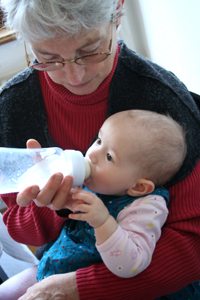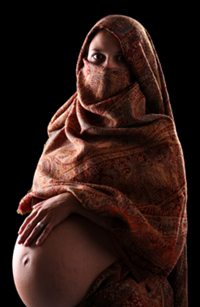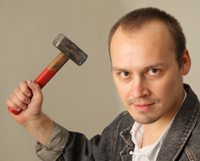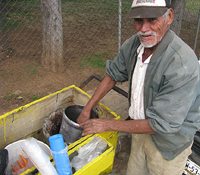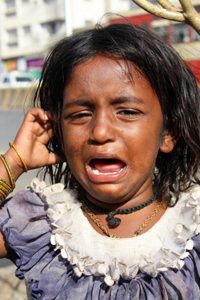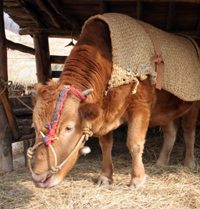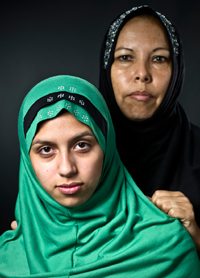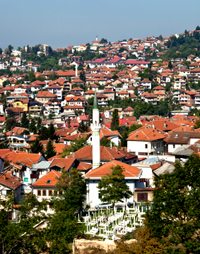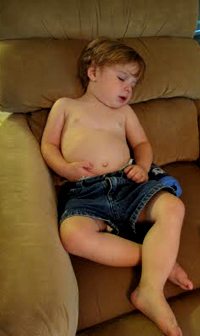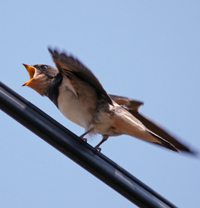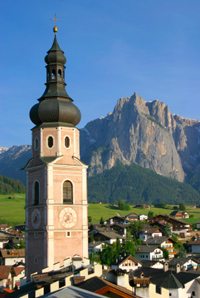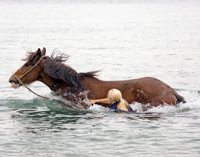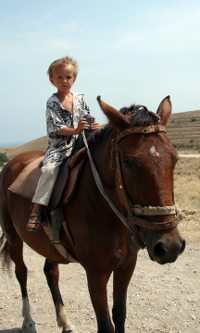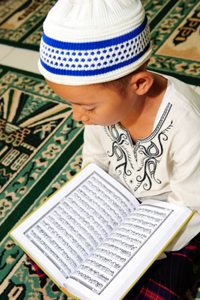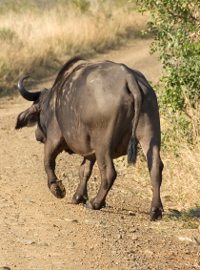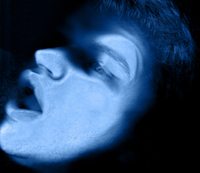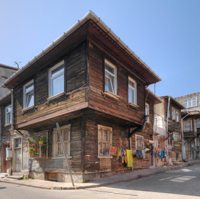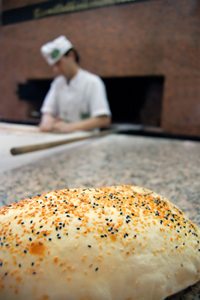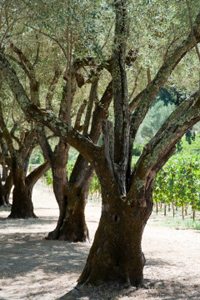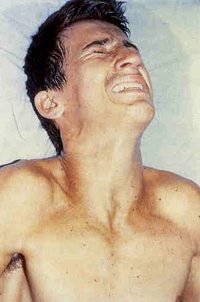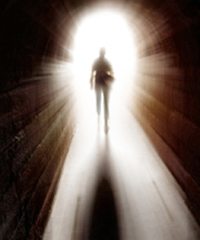How Derived: Memories in Childhood
Researcher: Ian Stevenson, MD
From: European Cases of the Reincarnation Type, by Ian Stevenson, MD
Article by Walter Semkiw, MD
Angelina Lopes is Hit by a Car After a Day at the Beach
 Angelina Lopes was born in Loures, Portugal on July 20, 1953. Her mother was Irma Lopes, who as a devout Roman Catholic. Angelina had a normal childhood, though on one occasion, she stated that she wished that she was a boy.
Angelina Lopes was born in Loures, Portugal on July 20, 1953. Her mother was Irma Lopes, who as a devout Roman Catholic. Angelina had a normal childhood, though on one occasion, she stated that she wished that she was a boy.
Angelina was a very affectionate and unusually generous. She had a habit of referring to her mother, Erma, as “Dear Mother.” (1) This was in contrast to Erma’s other two daughters, who did not use this phrase.
On July 9, 1960, when Angelina was 7 years old, Erma took her and her two sisters to a beach on a river, near their home. On the way home, they were crossing a road and a car struck Angelina and killed her.
Soul Plan: Angelina will Be Reincarnated as a Boy
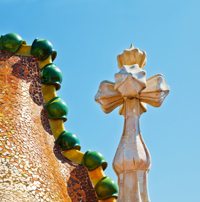 After Angelina’s death in 1960, Erma was extremely distraught and she wondered why God would allow such as tragedy to occur. Six months after Angelina’s death, a friend recommended that Erma see a Rosicrucian sage with psychic abilities, who was named Francisco Marques Rodrigues.
After Angelina’s death in 1960, Erma was extremely distraught and she wondered why God would allow such as tragedy to occur. Six months after Angelina’s death, a friend recommended that Erma see a Rosicrucian sage with psychic abilities, who was named Francisco Marques Rodrigues.
Francisco told Erma that Angelina would be reborn to her in 2 years. As a devout Roman Catholic, Erma was confused about Francisco’s prediction, as reincarnation was not part of her faith.
Francisco continued to reassure Erma. He told her to be prepared for Angelina’s return, though she may be a boy in her next incarnation.
Erma became pregnant at the end of 1961. In her seventh month of pregnancy, Erma had a dream in which Angelina communicated to her, indicating that her baby would be a boy.
Alfonso’s Past Life Memories of Events from the Lifetime of Angelina
Alfonso was born on August 23, 1962 in Loures, a little over two years after Angelina’s death. Within a few months of Alfonso’s birth, in 1963, the Lopes family moved to Lisbon, Portugal.
As soon as he could speak, Alfonso made statements which indicated that he was the reincarnation of Angelina. Erma, his mother, vowed that Alfonso had not learned this information about Angelina’s life by normal means. These statements include:
1. At 1½ years of age, Alfonso referred to Erma as “Dear Mother,” which was the phrase that Angelina used for Erma. Recall that Erma’s other daughters did not use this term.
2. Also when Alfonso was 1½, he was watching a television program in which a truck was going down a street with a child running across the street. Alfonso shut his eyes and started shouting, “No, no, no,” an apparent reaction to Angelina’s death by being struck by a car.
Alfonso’s Past Life Memories of Hernani’s Wooden Horse & Angelina’s Red Checkered Cloth
3. When Alfonso was 4 years old, neighbors the Lopes family had in Loures came to visit them in Lisbon. These visiting neighbors included a boy named Hernani, who Angelina used to play with. Spontaneously, Alfonso asked Hernani:
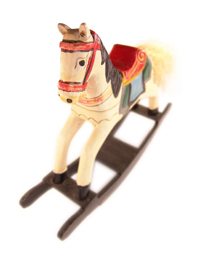 “Have you kept the wooden horse?” (2) When Angelina was alive, she and Hernani would play with Hermani’s toy wooden horse.
“Have you kept the wooden horse?” (2) When Angelina was alive, she and Hernani would play with Hermani’s toy wooden horse.
Hernani then asked his mother if they still had the wooden horse. His mother replied: “No, I gave it to Ana.” (3)
Alfonso then said: “Oh yes, To Anihas and her little son.” (4)
Erma noted that Ana was the nick name of a servant who worked for both the Lopes family and the Hernani family in Loures. Ana’s full name was Anihas, just as Alfonso had said. Angelina was very fond of Anihas. In spontaneously stating Ana’s full name, Alfonso was having a past life memory from his lifetime as Angelina.
4. When Alfonso was almost 6, before he started going to school, he came into the family’s kitchen where Erma was cooking. Alfonso noticed a red checked napkin. Alfonso then said:
“Look, Mama, the napkin I used to take to school with my snack. I will take it again when I go back to school, won’t I?” (5)
Indeed, Erma would make snacks for Angelina and wrap them in a red checked napkin, which Angelina would take to school. As such, Alfonso again remembered events in the lifetime of Angelina.
Reincarnation & Gender Change: Alfonso tells his Teachers that He is a Girl
5. A few months after Alfonso started school, his teacher requested a meeting with Erma. The teacher said that in school, Alfonso was claiming to be a girl and that when he spoke or wrote, he would refer to himself using feminine word forms. The teacher would try to correct Alfonso’s feminine word forms, pointing out that he was a boy. Alfonso then retorted:
“No, I am a girl.” (6)
Alfonso was apparently remembering the feminine word forms that he used when he was Angelina, which led to his confusion regarding his own gender. He stopped using feminine word forms by the age of seven.
 Alfonso’s Past Life Memories of how to Mend Stockings
Alfonso’s Past Life Memories of how to Mend Stockings
6. One day, when Alfonso came home from school, he spontaneously took a drinking glass and put it inside a stocking. He then took a needle and pretended that he was repairing the stocking. While doing so, Alfonso said:
“Oh, I have not done this for such a long time.” (7)
Erma then recalled that when they lived in Loures, one of Angelina’s aunts was a seamstress who would place a drinking glass inside a stocking and then mend the stocking. The glass made it easier to see the knitting of the stocking.
Angelina was very fond of this aunt and would visit her at the seamstress shop. At the shop, Angelina would pretend that she was mending stockings in the same way. Again, Erma vouched that no one had told Alfonso about these stocking mending activities that Angelina participated in.
As such, Alfonso unconsciously replicated a behavior of Angelina.
Past Life Memories: Alfonso Finds the Gypsies’ River
 7. When Alfonso was about seven years old, he repeatedly asked his mother to take him to the stone bridge on the gypsies’ river. Irma did not know what he was talking about. There was no bridge where they lived in Lisbon and she could not remember any bridge with gypsies.
7. When Alfonso was about seven years old, he repeatedly asked his mother to take him to the stone bridge on the gypsies’ river. Irma did not know what he was talking about. There was no bridge where they lived in Lisbon and she could not remember any bridge with gypsies.
Soon after, Erma took Alfonso on a trip to Loures to visit a relative. Once there, Alfonso and other children left the house to play. When they returned, a playmate said that she was scared because Alfonso had said that he was going to see the bridge and he then crossed the street. Alfonso responded to this concern, telling Erma:
“Yes, I went to see the bridge; but it was quite changed, and there are no gypsies there.” (8)
Erma then asked Alfonso whether this was the bridge that he was talking about before, that he wanted to visit. He replied:
“Yes, Mama. Can you remember the gypsies that used to be there? I wanted to help them wash their clothes.” Alfonso continued, “Now there is big bridge there, completely different from the old one.” (9)
Erma then remembered that when the family lived in Loures, there was no Roman Catholic church in their neighborhood. To attend mass on Sundays, the family had to walk to a church in another community. To get there, they had to cross a river using a crude rock bridge. Erma, Angelina and the family would cross this rock bridge to go to church.
Alfonso had never seen this crude rock bridge in his contemporary lifetime, as by the time he was born, the new bridge had been built, replacing the stone bridge. As such, Alfonso was remembering scenes from Angelina’s lifetime.
8. Alfonso accurately described of the death of a small white dog with black spots that the Lopes family had when Angelina was alive.
Erma confirmed that the family did have a small white dog with black spots, as Alfonso had described. This dog had died 2 months before Angelina’s died. Erma vouched that no one had told Alfonso about this dog. As such, the memory of the dog represents a scene from Alfonso’s past lifetime as Angelina.
Alfonso’s Past Life Memories: As Vivid as in Contemporary Lifetime
 In 1997, when Alfonso was 35 years old, he told Ian Stevenson that his memories of the wooden toy horse, the river with the rock bridge with woman washing clothes in the river, and the death of the white dog with white spots were so vivid that it seemed that these memories were from his own childhood, rather than from a past lifetime.
In 1997, when Alfonso was 35 years old, he told Ian Stevenson that his memories of the wooden toy horse, the river with the rock bridge with woman washing clothes in the river, and the death of the white dog with white spots were so vivid that it seemed that these memories were from his own childhood, rather than from a past lifetime.
Alfonso wasn’t born when the events described occurred. As such, these vivid memories were from Alfonso’s past lifetime as Angelina.
This is reminiscent of the reincarnation case of Carroll Beckwith | Robert Snow, in which Snow stated that his past life memories were more real than waking consciousness.
Phobia of Cars from a Past Lifetime
Alfonso developed a phobia of vehicles, a reflection of Angelina’s lifetime in which she was struck by a car, which led to her death. For some reason, Alfonso’s phobia did not manifest until Alfonso was 16 years of age.
In the Rashid Khaddege | Daniel Jurdi reincarnation case, Daniel also had a phobia of fast-moving cars resulting from Rashid’s death in an auto accident.
Principles of Reincarnation & Understanding Past Lives
Same Family Reincarnation: Angelina Lopes reincarnated into her the same family.
Change in Gender: As a child, Angelina told her mother that she wished she was a boy. Reincarnation research indicates that gender changes in only 5-10 percent of cases. It appears that the soul has a preferred gender and in this case, it appears that the soul of Angelina prefers male incarnations. When she reincarnated, she did incarnate as a boy in the persona of Alfonso.
Phobia from a Past lifetime: Angelina died when an automobile struck and killed her. Alfonso developed a phobia of vehicles.
Soul Plan & Spirit Being Guidance: When Erma was distraught over Angelina’s death, she visited a Rosicrucian mystic or psychic named Francisco Marques Rodrigues. Francisco predicted that Angelina would be reincarnated as her child. Further, he told her that Angelina may be reborn as a boy. His predictions came true. It appears that from the spirit world, Angelina was communicating to Francisco, indicating her plans for a future incarnation.
Reincarnation & Change in Religion: Erma was a devout Roman Catholic. She came to believe that her deceased daughter, Angelina, reincarnated as her son, Alfonso. As such, Erma converted from her Roman Catholic beliefs, in which reincarnation is not promoted, to a belief in reincarnation.
Reincarnation Research Categories
Footnotes
1. Stevenson, Ian: European Cases of the Reincarnation Type, McFarland, 2003, page 108
2. Stevenson, Ian: European Cases of the Reincarnation Type, McFarland, 2003, page 111
3. Stevenson, Ian: European Cases of the Reincarnation Type, McFarland, 2003, page 111
4. Stevenson, Ian: European Cases of the Reincarnation Type, McFarland, 2003, page 111
5. Stevenson, Ian: European Cases of the Reincarnation Type, McFarland, 2003, page 111
6. Stevenson, Ian: European Cases of the Reincarnation Type, McFarland, 2003, page 111
7. Stevenson, Ian: European Cases of the Reincarnation Type, McFarland, 2003, page 112
8. Stevenson, Ian: European Cases of the Reincarnation Type, McFarland, 2003, page 112
9. Stevenson, Ian: European Cases of the Reincarnation Type, McFarland, 2003, page 112




